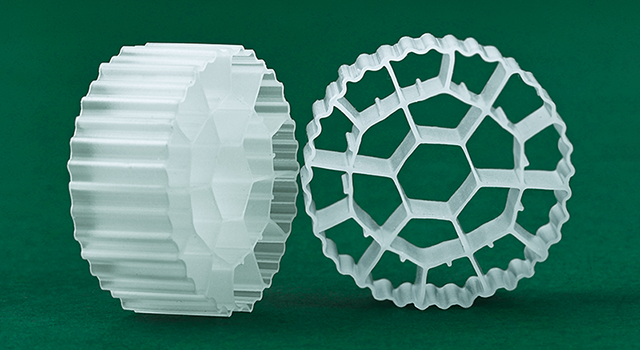High concentration of organic matter:
The wastewater contains a large amount of organic substances such as cellulose, hemicellulose, and lignin, resulting in high chemical oxygen demand (COD) and biochemical oxygen demand (BOD).
Abundance of Suspended and Particulate Matter:
Mechanical breakdown and agitation during pulp and paper manufacturing introduce a substantial amount of fibers, particles, and other solid impurities, resulting in a high content of suspended solids in the wastewater.
Fluctuating pH Levels:
The use of chemicals in pulp and paper processes and the degradation of organic compounds in wastewater can cause fluctuations in the water's pH, adding complexity to the wastewater treatment process.
High Coloration in Water:
Presence of color-causing substances such as lignin and phenolic compounds contributes to elevated color levels in the wastewater, necessitating specialized treatment to meet discharge standards.



















